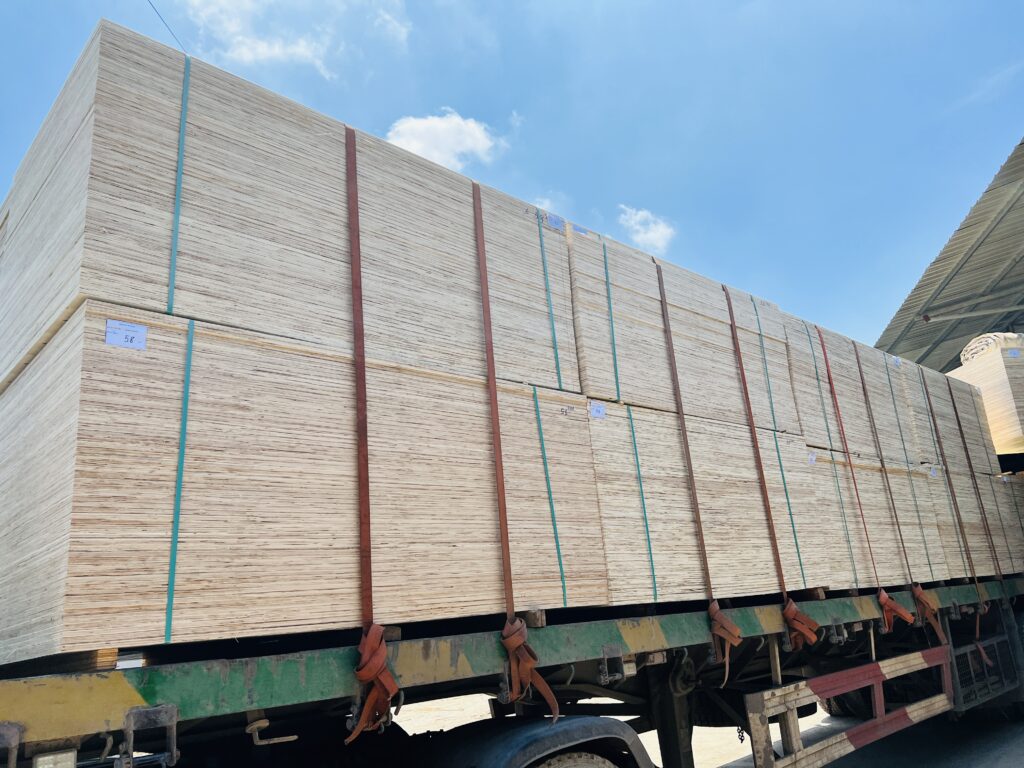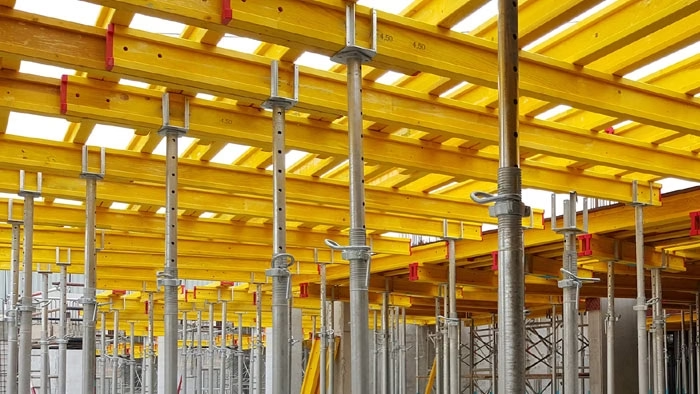Insight
Challenges for wood processing and export industry in the last 6 months of 2024
Despite of high export growth, the wood processing and export industry is considered to be facing four huge challenges.
Wood and forestry product exports have earned nearly 8 billion USD.
In the first half of 2024, the wood and forestry processing industry is one of the bright spots in exports, with export growth reaching 7.994 billion USD, up 22.1% over the same period in 2023, of which: Wood products 5.066 billion USD, up 22.6%; Wood 2.410 billion USD, up 25.3%; Non-timber forest products reached 518 million USD, up 4.9%.
Notably, exports in the first 6 months of 2024 of some products and key markets increased again, such as: Wood chips reached 1.36 billion USD, up 37.71% over the same period in 2023, followed by construction wood products reaching 267 million USD, up 31.49% and wooden furniture reaching 3.78 billion USD, up 23.12%.
In terms of markets, the United States reached 3.27 billion USD, up 24.41% over the same period in 2023, China reached 716 million USD, up 46.5%, and the EU reached 281 million USD, up 29.6%.
Although wood and forestry product exports in the first 6 months of 2024 achieved quite high results, in order to achieve the export target of 15.2 billion USD, in the last 6 months of 2024, the wood and forestry product processing industry encountered many difficulties.
Firstly, in the last 6 months of 2024, the world situation continues to fluctuate in a complex and unpredictable manner, with increasing risks and uncertainties; difficulties and challenges outweigh advantages and opportunities.
The Russia-Ukraine conflict has shown no signs of cooling down; global GDP in 2024 is under pressure from high interest rates, trade tensions, military conflicts, political fluctuations and the world economy is forecast to grow by 2.6%, 0.2 percentage points higher than the previous forecast, lower than the 3.1% increase in 2023. This may cause the demand for wood and wood products in the last months of 2024 to not be as good as in the first months of the year.
Second, Vietnam’s main wooden furniture export markets such as the EU, the United States, Japan, and South Korea continue to face economic difficulties and product protection, specifically:
In the US market, the government is actively supporting domestic businesses by increasing trade defense measures through anti-dumping and anti-subsidy investigations.
In the EU, this market has issued a regulation on zero deforestation (EUDR) to replace the EU Timber Regulation (EUTR), which, in addition to the legality requirement, also adds a regulation on zero deforestation or forest degradation from December 31, 2020. This regulation will be implemented from December 30, 2024, which is a huge pressure on enterprises processing and exporting wood and wood products to the EU in preparing to fully meet the requirements of the EUDR, especially the requirements on geographical indications while the EU has not yet had specific instructions, and at the same time, some EU importers have required our exporting enterprises to comply with the EUDR.
For the Korean market, the International Monetary Fund’s forecast for economic growth is down to 2.2%, down 0.2%, the Korean economy will continue to stagnate, which will strongly affect the export value of wood and wood products from Vietnam to this market. Korea is a large import market for two products: plywood and wood pellets from Vietnam. In the first 6 months of 2024, the export price of wood pellets to this market decreased to 98 USD/ton, this is the lowest price in recent years. South Korea is the leading import market for Vietnamese plywood products, but currently South Korea has conducted a final review of the anti-dumping tax order on plywood originating or imported from Vietnam and on May 27, 2024, issued a conclusion of the investigation and decided to continue to apply anti-dumping tax (CBPG) specifically as follows: Vietnamese plywood manufacturing and exporting companies will continue to be subject to anti-dumping tax for the next 5 years, at rates from 9.78% to 32.28%.
In the Chinese market, this is the leading country supplying veneer and plywood to Vietnam. Currently, this country has changed its management policy, greatly affecting Vietnamese businesses using these products, pushing up product prices, while the demand for wooden furniture in Vietnam’s major import markets is weak.









